Piazzale del Bollettino contains two founding memories of Italian identity, both linked to the First World War, the inscription with the text of the so-called Bulletin of Victory and the block of stone from Monte Grappa.
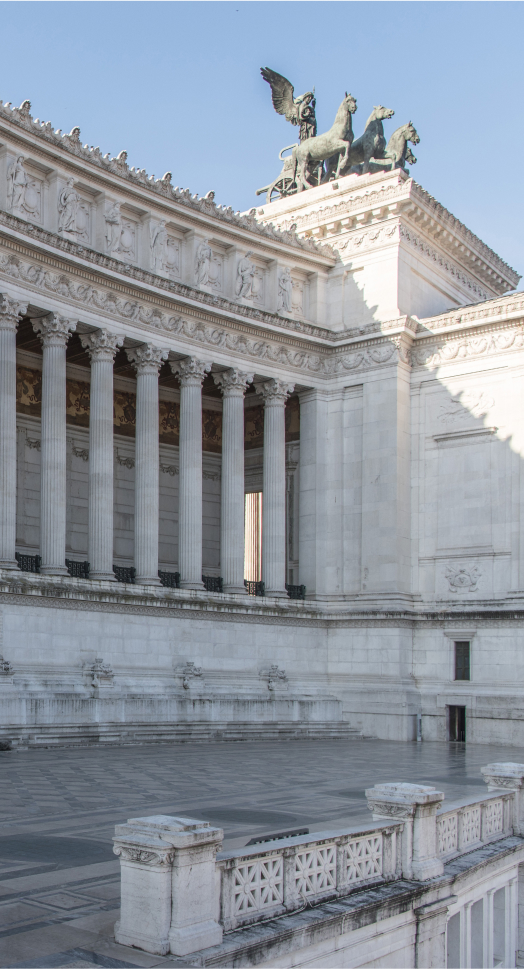
The square owes its name to the inscription placed here in 1920 with the text of the so-called Bulletin of Victory, that is, the document that General Armando Diaz, Supreme commander of the Italian Royal Army, signed on 4 November 1918, to communicate Italy's victory in World War I. Commemorative plaques engraved with Diaz’s Bulletin of Victory were placed in many streets and squares throughout Italy.
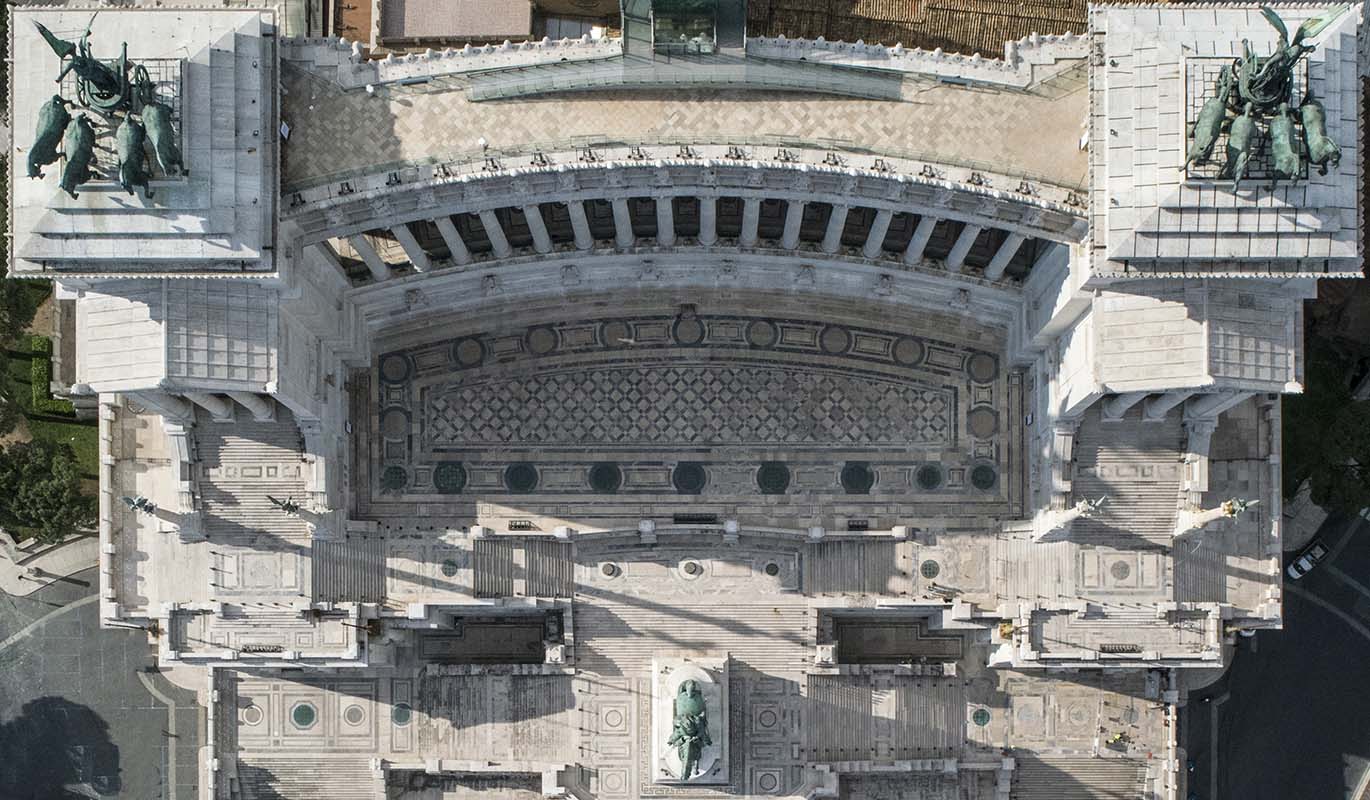
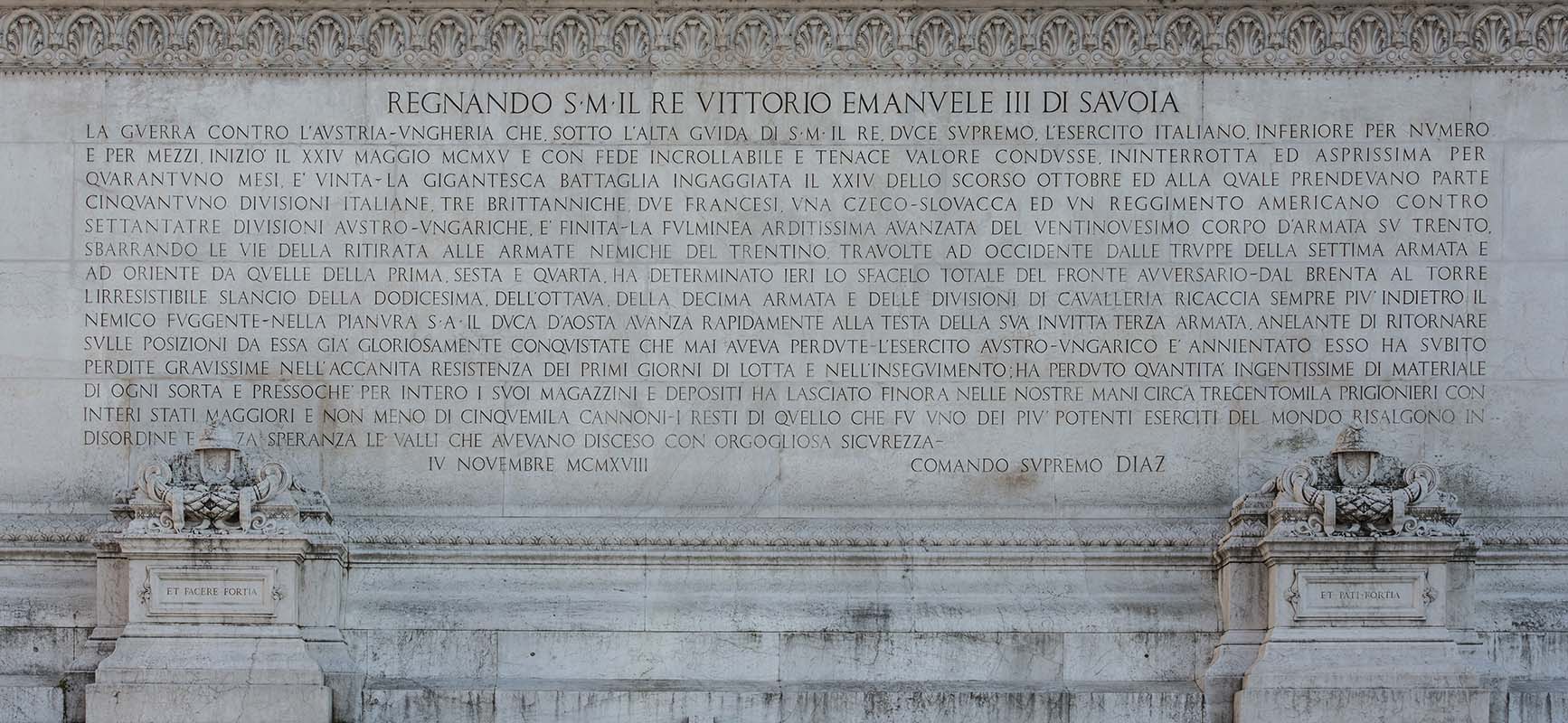
On the floor just below the tombstone there is another key memory of Italian history and identity, a block of stone from Monte Grappa, placed here in 1921, in memory of the First Battle of the Piave, a heroic episode of the First World War.
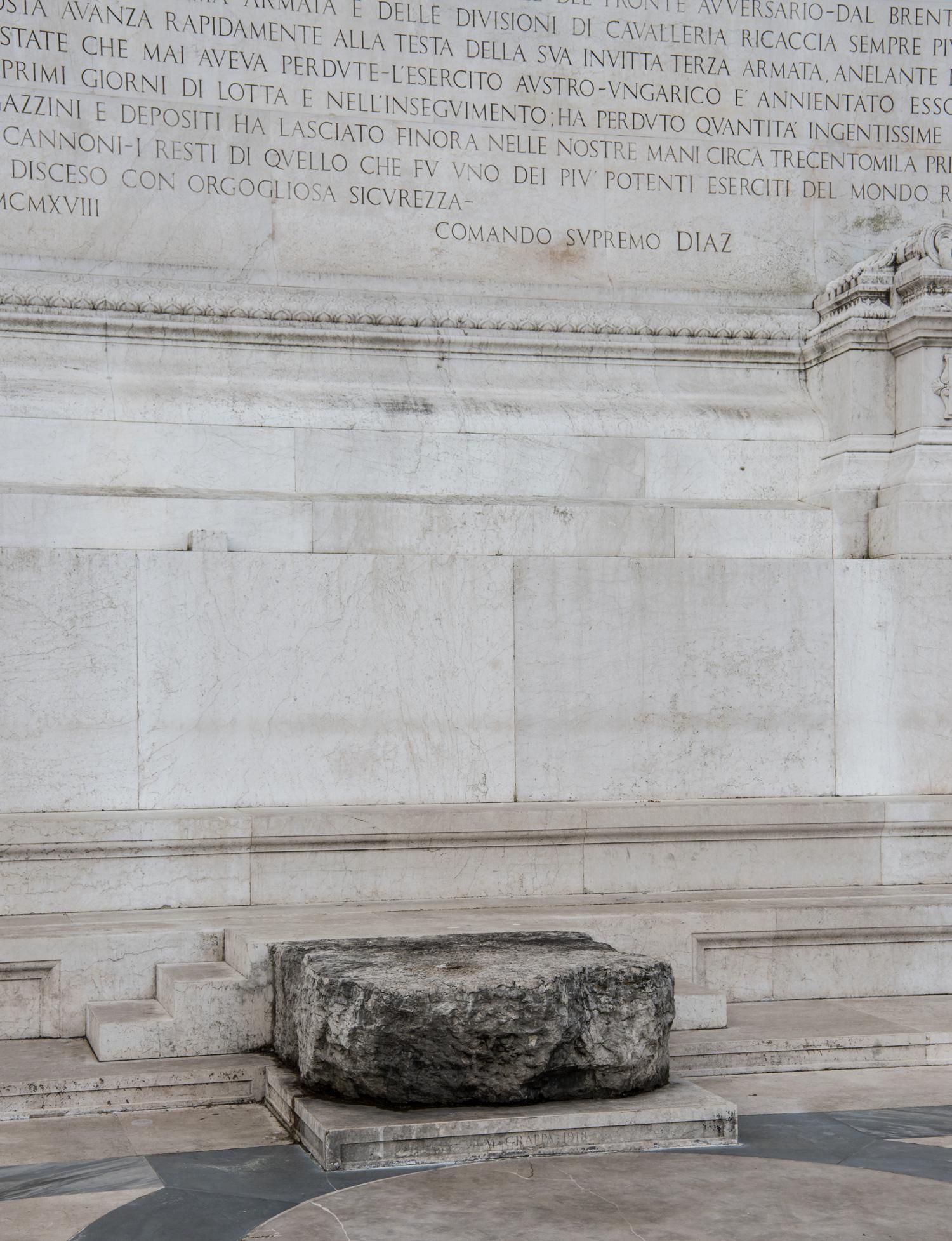
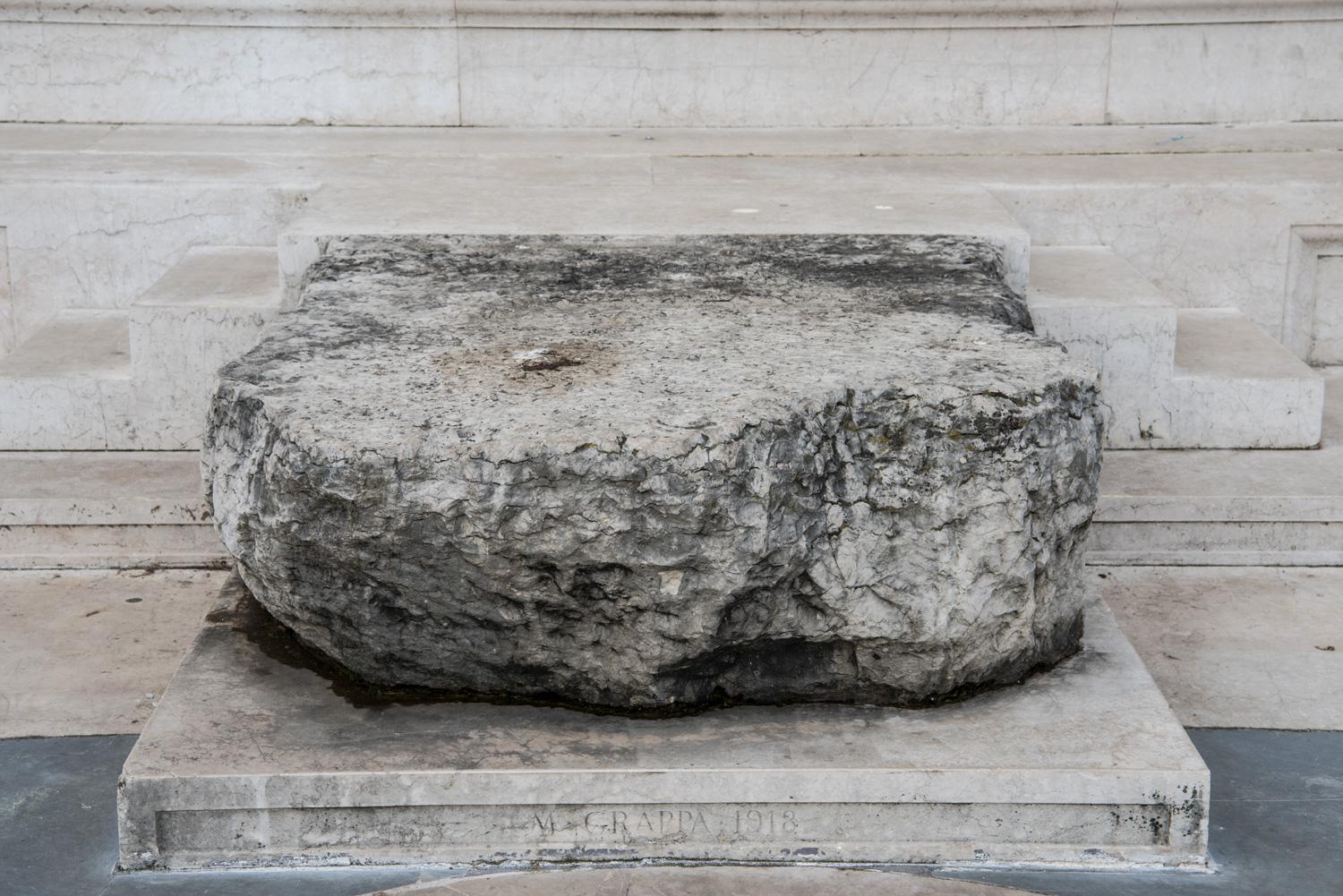
At the sides of the tombstone there are eight votive altars sculpted in 1929-1930 by Giuseppe Tonnini from Le Marche (1875-1954). The two in the centre are dedicated to fallen soldiers. They bear two inscriptions: “ET FACERE FORTIA” on the left and “ET PATI FORTIA” on the right. Both are inspired by the Histories of the classic author Livy: “Et facere et pati fortia romanum est” means “Acting and suffering bravely is the attribute of a Roman”.
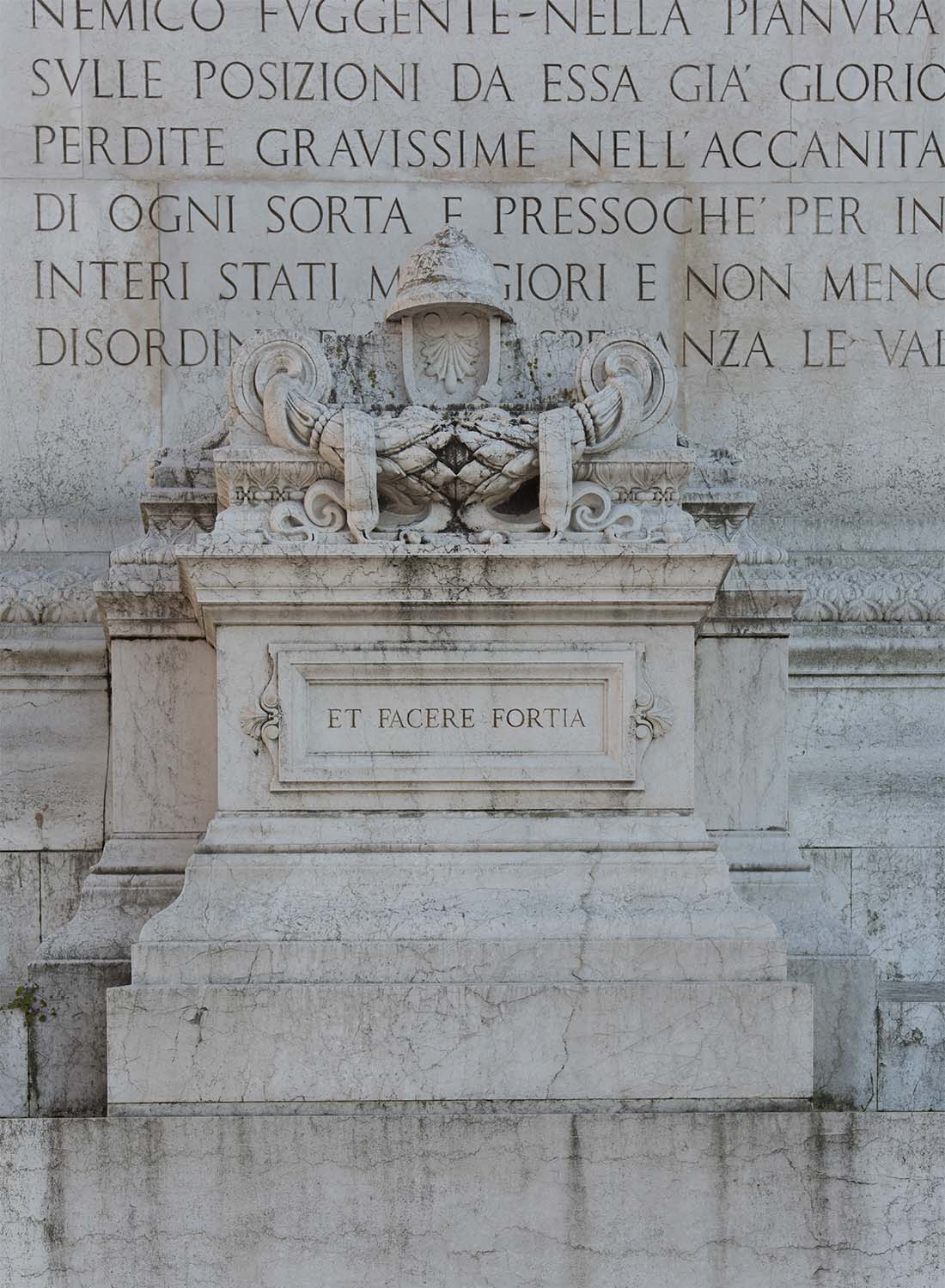
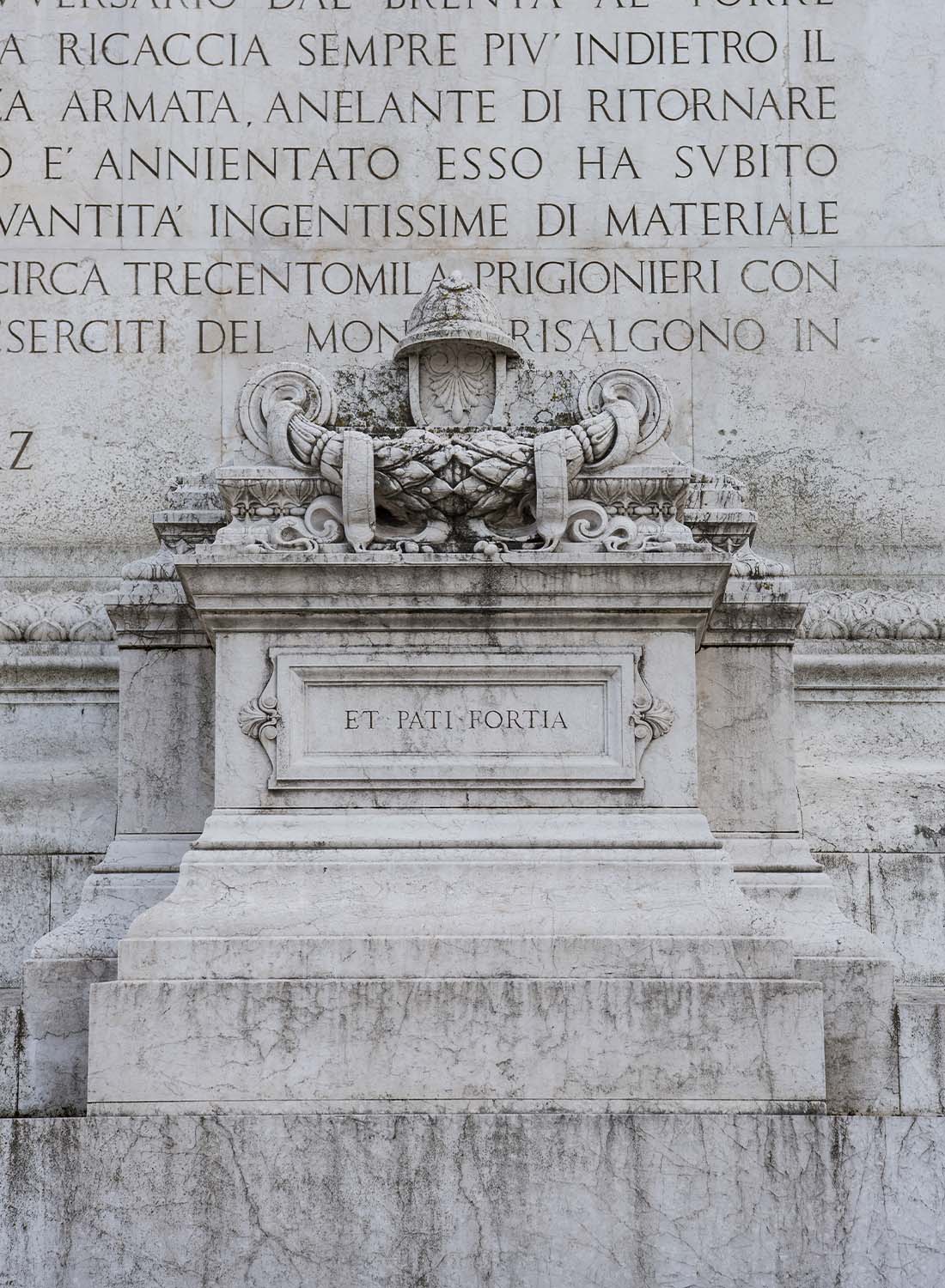
The other six marble altars are called "of the redeemed cities", i.e. taken back from foreign dominion: these are the six cities that the Kingdom of Italy acquired after 1918 and which at the time were considered a key element of the national unification project.
The altars are characterised by some variants, which serve to distinguish one city from the other. Rijeka presents the two-headed eagle facing west that grasps a jug in its claws, Pula a crossed shield, Trieste a halberd, Trento the single-headed eagle of St. Wenceslas and finally, Zadar with its patron, Saint Chrysogonus, depicted as a knight. Of the six cities, Gorizia, Trento and Trieste are still part of the Italian State, Rijeka, Pula and Zadar instead belong to the Republic of Croatia.
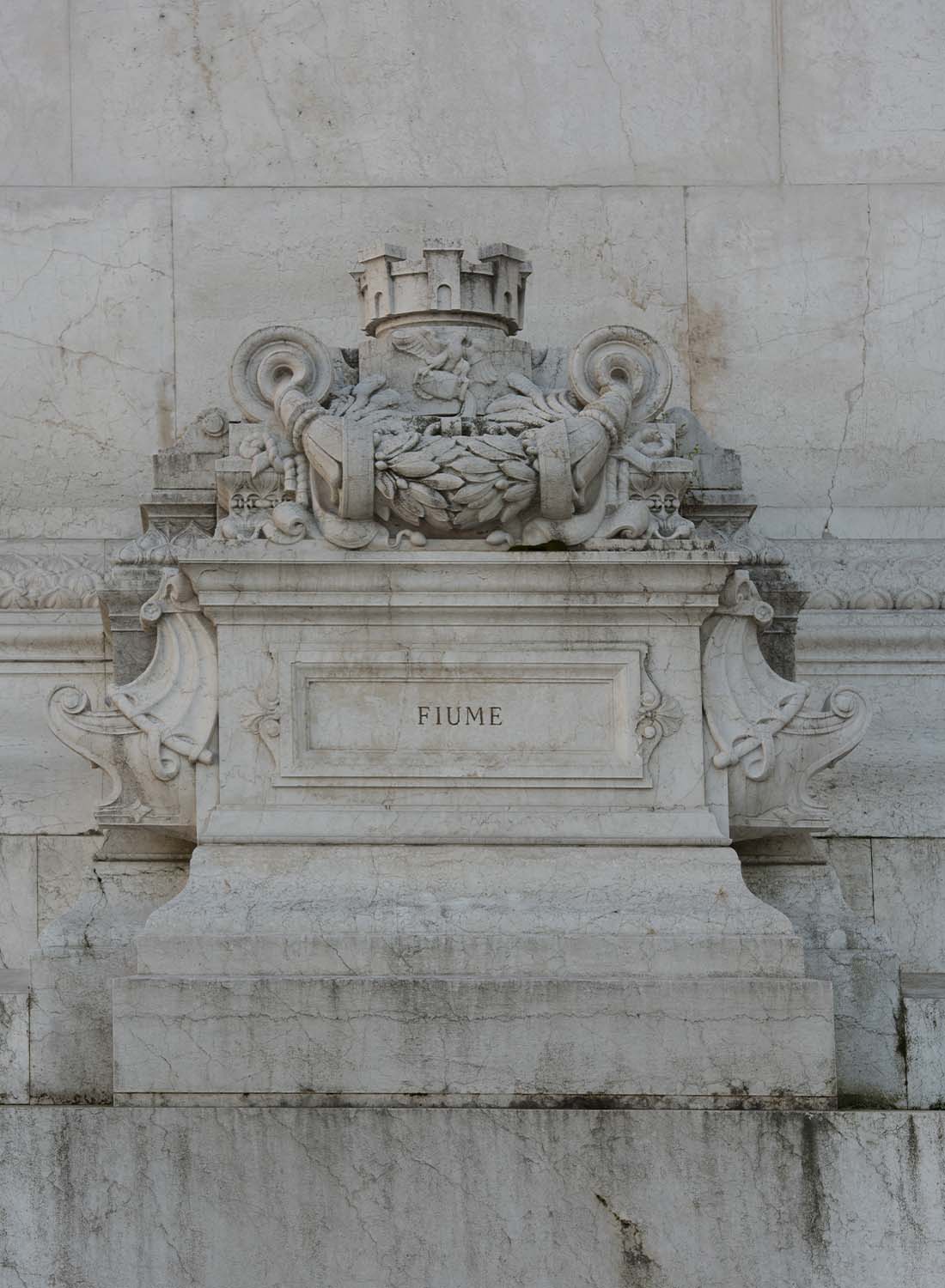
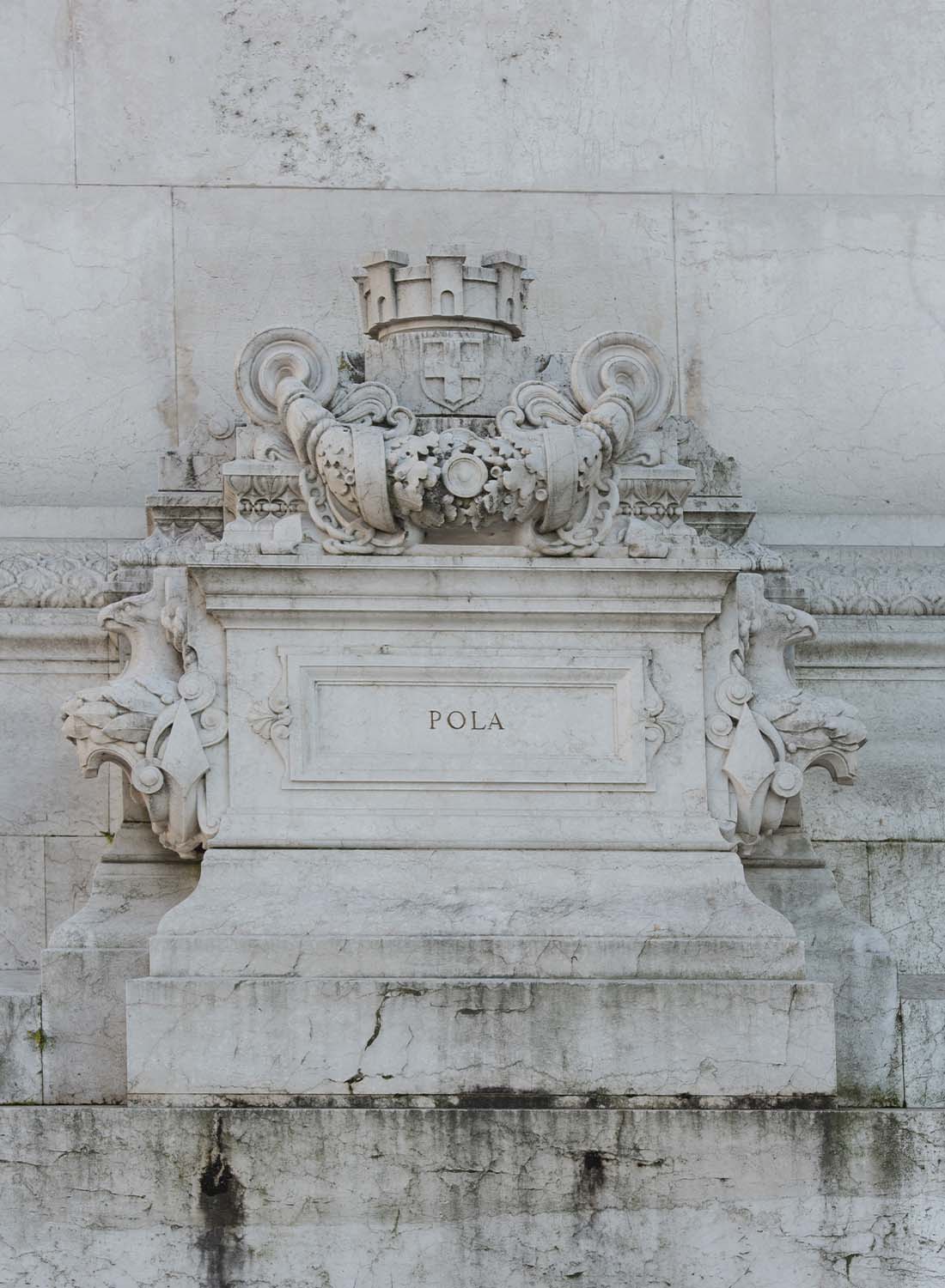
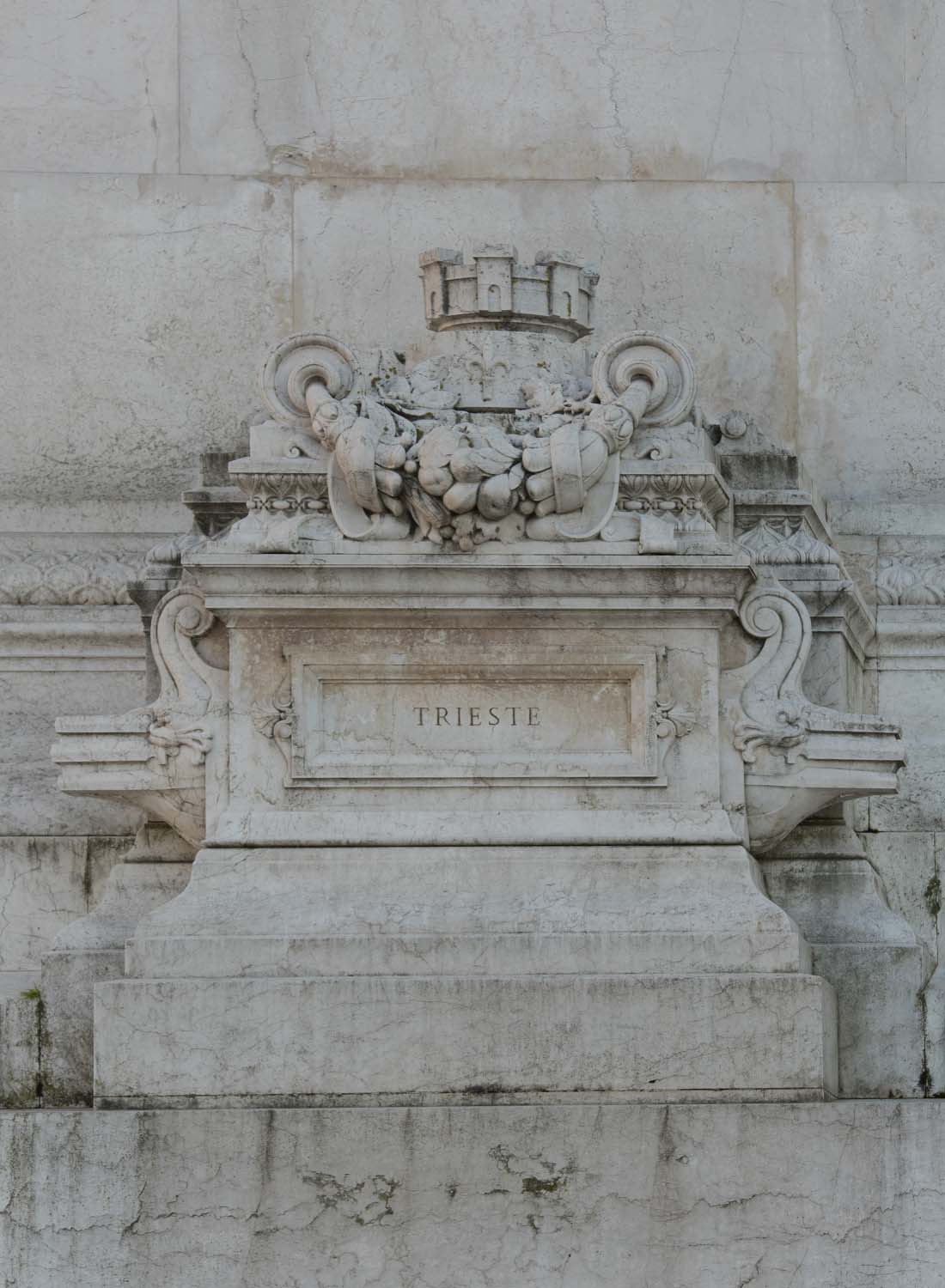
Trento si contraddistingue per l’aquila monocefala di San Venceslao, Gorizia per il castello con la sua cinta di mura, Zara infine per il suo protettore San Crisogono, raffigurato come un cavaliere.
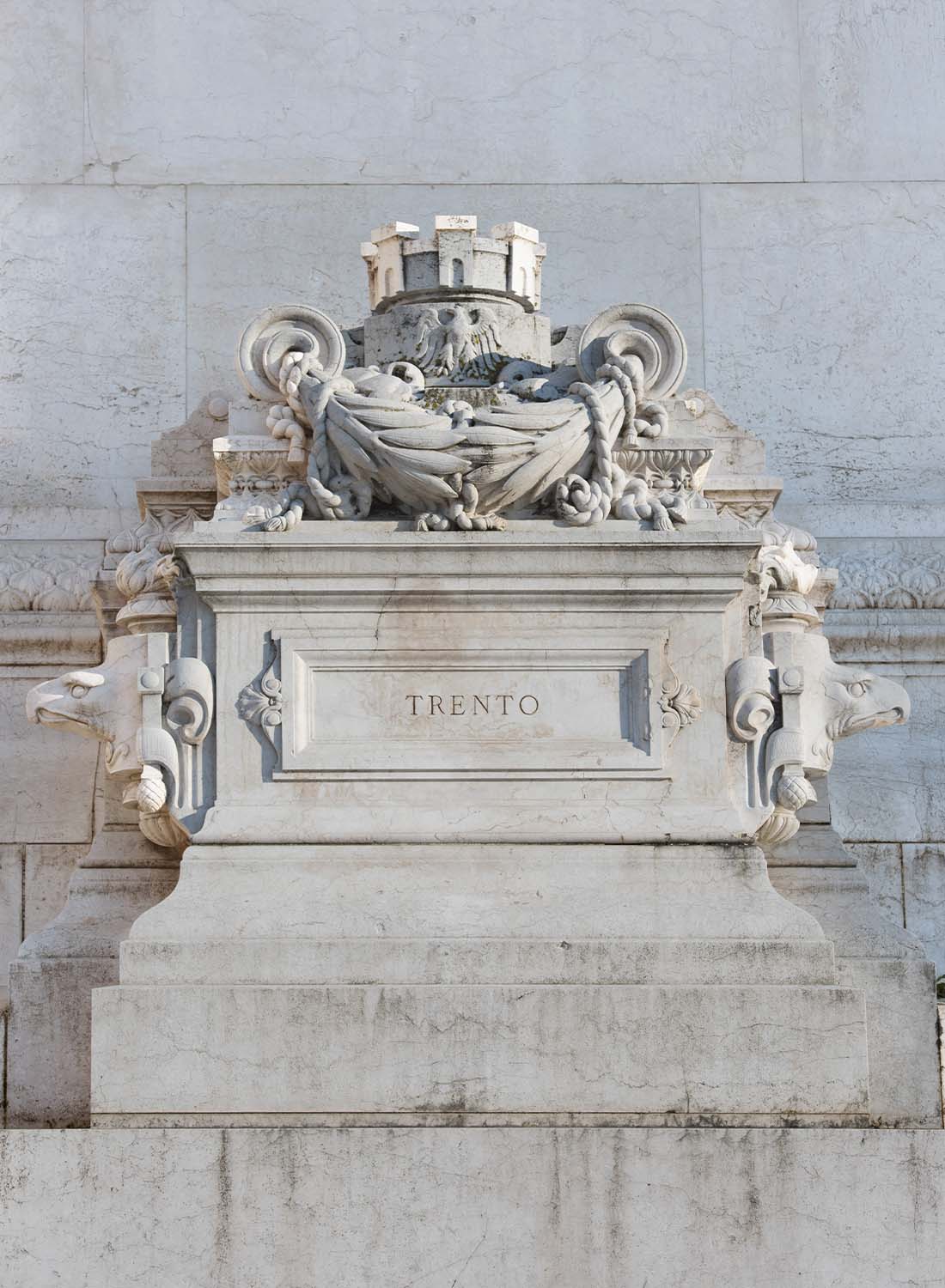
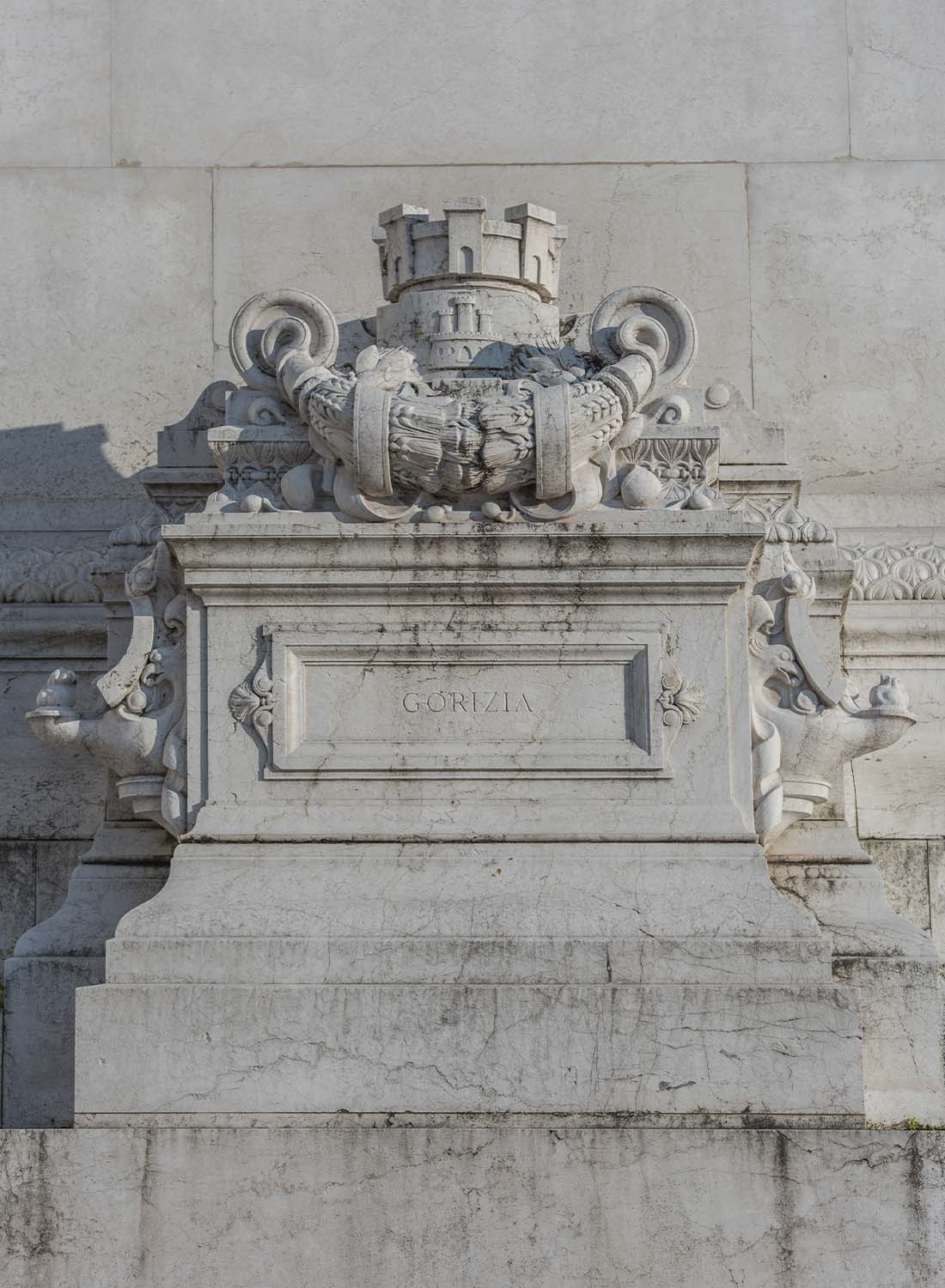
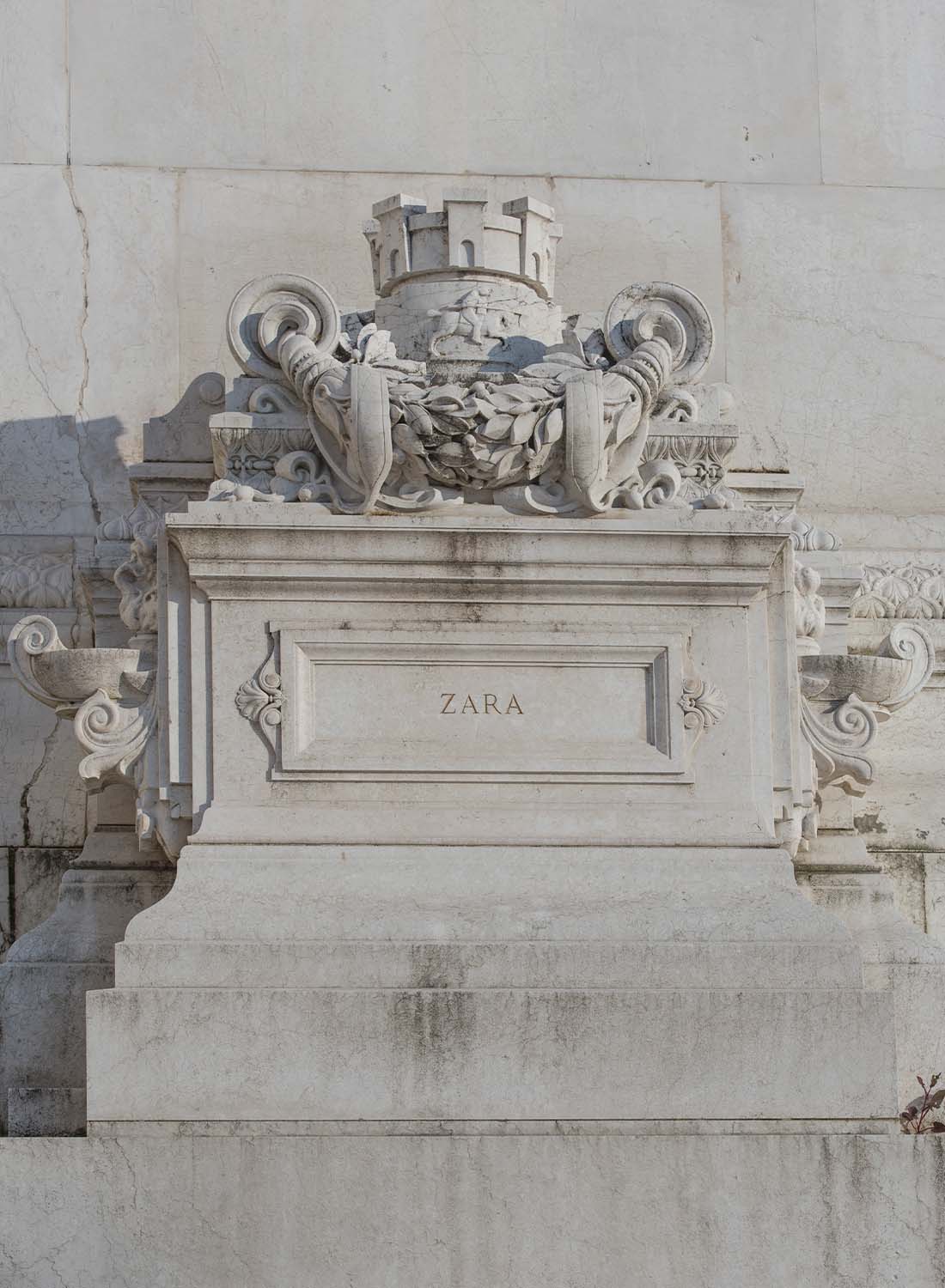
Delle sei città, Gorizia, Trento e Trieste fanno parte ancora oggi dello Stato Italiano, Fiume, Pola e Zara invece della Repubblica di Croazia.